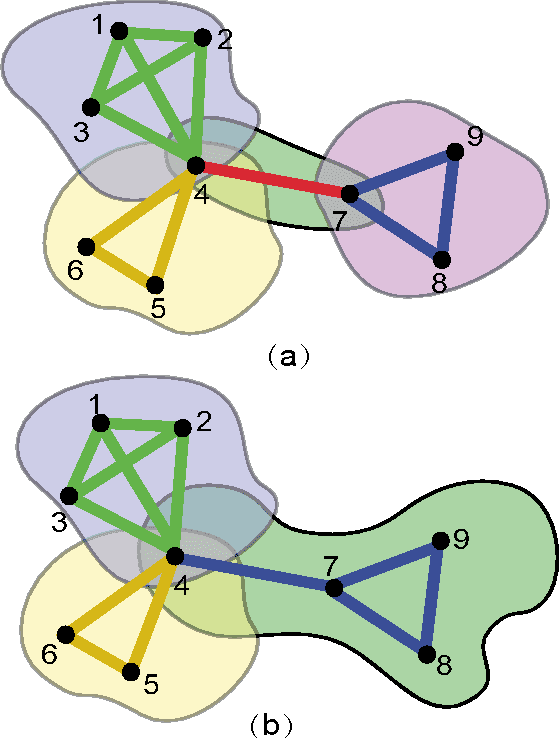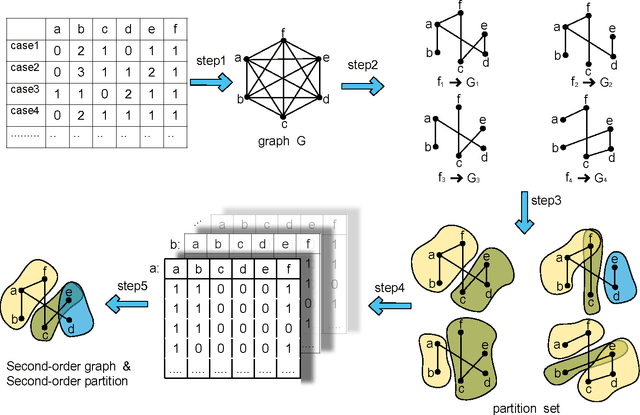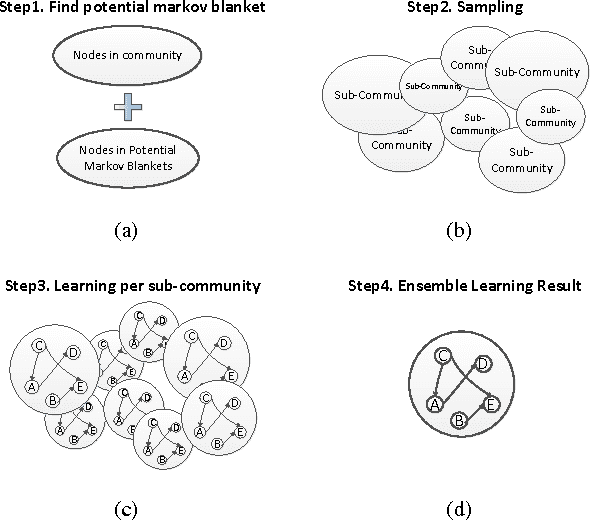LSBN: A Large-Scale Bayesian Structure Learning Framework for Model Averaging
Paper and Code
Oct 18, 2012



The motivation for this paper is to apply Bayesian structure learning using Model Averaging in large-scale networks. Currently, Bayesian model averaging algorithm is applicable to networks with only tens of variables, restrained by its super-exponential complexity. We present a novel framework, called LSBN(Large-Scale Bayesian Network), making it possible to handle networks with infinite size by following the principle of divide-and-conquer. The method of LSBN comprises three steps. In general, LSBN first performs the partition by using a second-order partition strategy, which achieves more robust results. LSBN conducts sampling and structure learning within each overlapping community after the community is isolated from other variables by Markov Blanket. Finally LSBN employs an efficient algorithm, to merge structures of overlapping communities into a whole. In comparison with other four state-of-art large-scale network structure learning algorithms such as ARACNE, PC, Greedy Search and MMHC, LSBN shows comparable results in five common benchmark datasets, evaluated by precision, recall and f-score. What's more, LSBN makes it possible to learn large-scale Bayesian structure by Model Averaging which used to be intractable. In summary, LSBN provides an scalable and parallel framework for the reconstruction of network structures. Besides, the complete information of overlapping communities serves as the byproduct, which could be used to mine meaningful clusters in biological networks, such as protein-protein-interaction network or gene regulatory network, as well as in social network.
 Add to Chrome
Add to Chrome Add to Firefox
Add to Firefox Add to Edge
Add to Edge